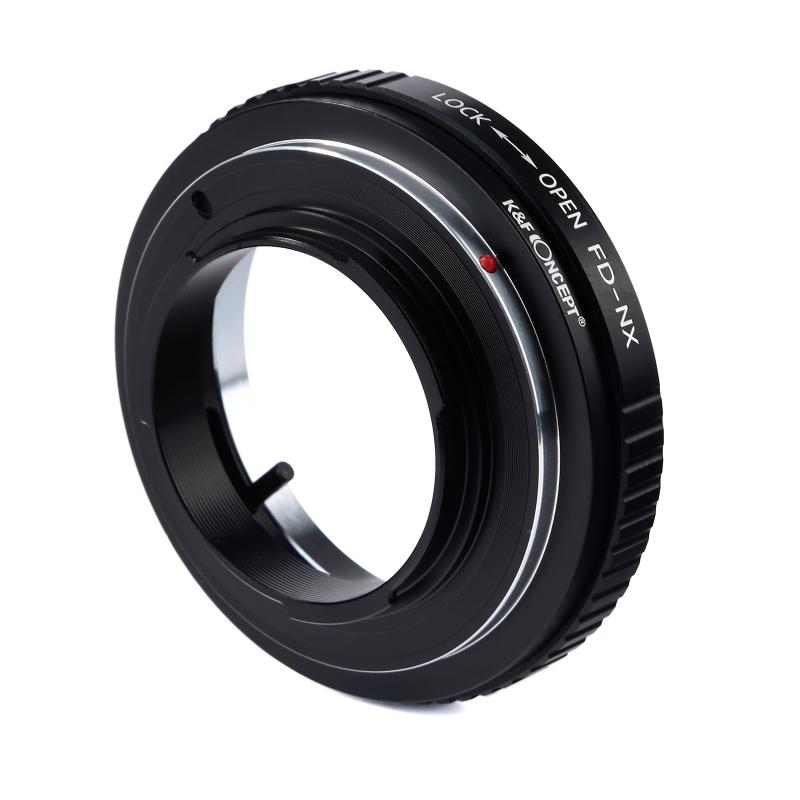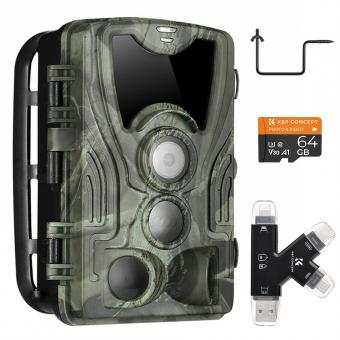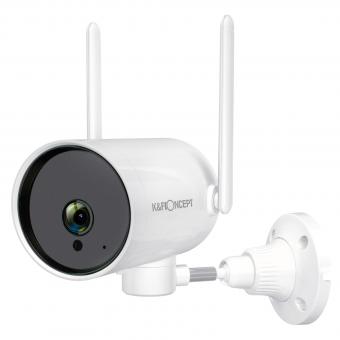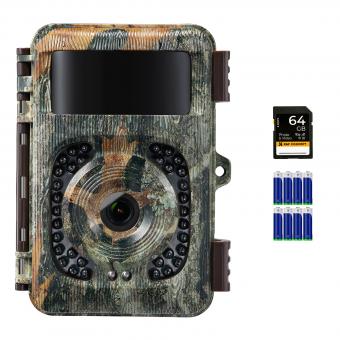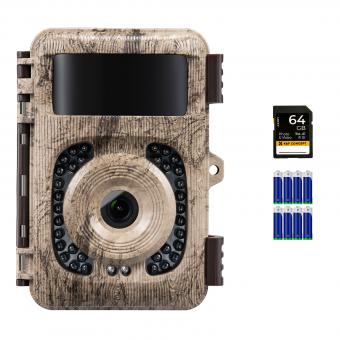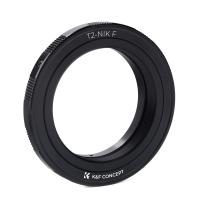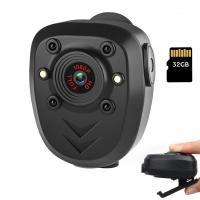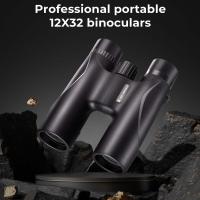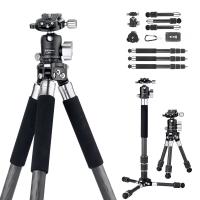How Do I Identify Wifi Camera Rtsp ?
To identify a WiFi camera that supports RTSP (Real Time Streaming Protocol), you can look for the following features or specifications:
1. Check the camera's product description or user manual: Look for any mention of RTSP support or streaming capabilities. Some cameras may explicitly state that they support RTSP.
2. Research the camera's brand and model: Look for online resources such as the manufacturer's website, forums, or user reviews. These sources may provide information about the camera's streaming capabilities, including RTSP support.
3. Contact the camera's manufacturer or customer support: If you cannot find the necessary information online, reaching out to the manufacturer directly can help clarify whether the camera supports RTSP or if there are any specific instructions for enabling it.
Remember that not all WiFi cameras support RTSP, so it's important to verify the camera's specifications before making a purchase.
1、 Check camera specifications for RTSP support.
To identify if a WiFi camera supports RTSP (Real Time Streaming Protocol), there are a few steps you can take.
1. Check camera specifications: The first and most straightforward step is to review the camera's specifications. Look for any mention of RTSP support in the product description or user manual. Manufacturers often highlight this feature if it is available. If you cannot find any information, it is worth reaching out to the manufacturer's customer support for clarification.
2. Research online: Conduct a search using the camera's model number along with keywords like "RTSP support" or "RTSP compatibility." This can help you find forums, user reviews, or discussions where others may have already determined if the camera supports RTSP. Online communities can provide valuable insights and experiences from other users.
3. Contact customer support: If you are unable to find the information you need, reach out to the camera manufacturer's customer support. They should be able to provide you with a definitive answer regarding RTSP support. Be sure to provide them with the camera's model number for accurate assistance.
It is important to note that technology is constantly evolving, and camera models may receive firmware updates that add or enhance RTSP support. Therefore, it is always a good idea to check for the latest firmware updates for your camera model, as these updates may include RTSP functionality if it was not initially available.
In conclusion, checking the camera specifications, researching online, and contacting customer support are the best ways to identify if a WiFi camera supports RTSP.
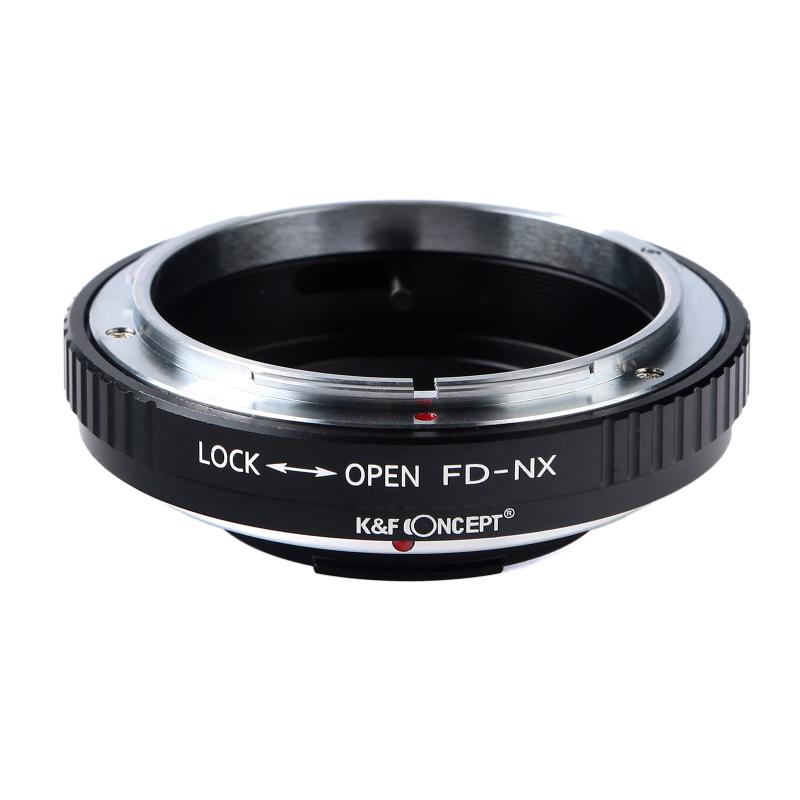
2、 Look for RTSP settings in camera's web interface.
To identify a WiFi camera that supports RTSP (Real Time Streaming Protocol), you can follow a few steps. The first step is to access the camera's web interface. This can usually be done by typing the camera's IP address into a web browser. Once you have accessed the web interface, you will need to navigate to the camera's settings.
Look for the RTSP settings in the camera's web interface. These settings may be located under a section labeled "Streaming" or "Video Settings." In some cases, the camera may have a specific tab or menu dedicated to RTSP settings. If you are unable to find the RTSP settings, consult the camera's user manual or manufacturer's website for guidance.
In the RTSP settings, you should be able to enable RTSP streaming and configure the necessary parameters such as the RTSP port number and stream URL. The camera may also provide options for setting up authentication or encryption for the RTSP stream.
It is worth noting that the location of RTSP settings may vary depending on the camera's brand and model. Additionally, some cameras may not support RTSP streaming at all. In such cases, you may need to consider alternative methods for accessing the camera's video feed.
As technology evolves, it is always recommended to stay updated with the latest information and firmware updates provided by the camera manufacturer. This will ensure that you have access to the most recent features and improvements, including any changes or enhancements related to RTSP streaming.
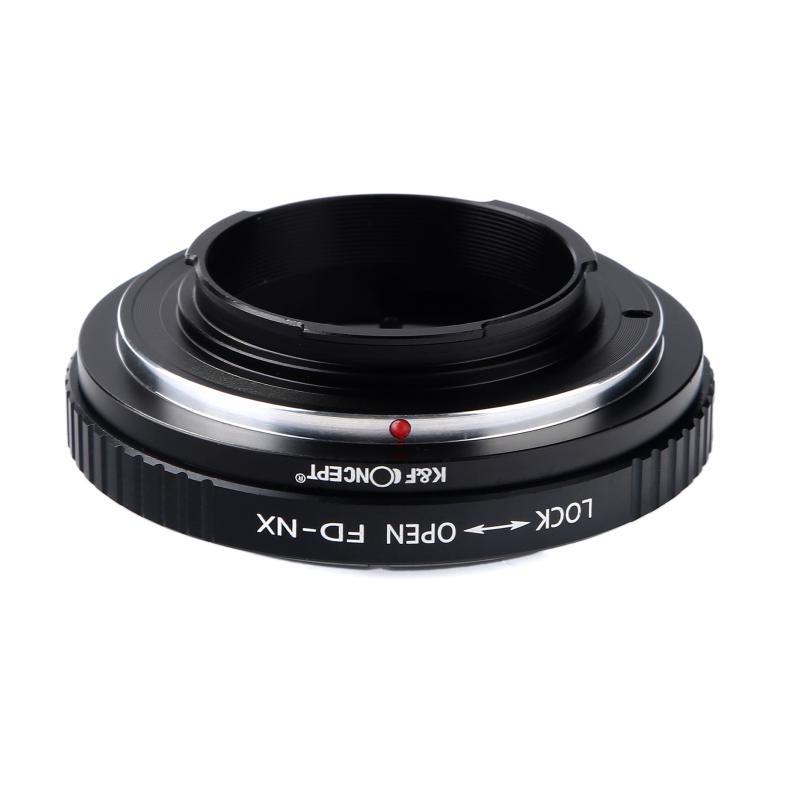
3、 Consult camera's user manual for RTSP configuration instructions.
To identify a WiFi camera's RTSP (Real Time Streaming Protocol) configuration, you can follow a few steps. First, check the camera's user manual for specific instructions on how to configure RTSP. The manual should provide detailed information on how to access the camera's settings and enable RTSP streaming.
If the user manual does not provide specific instructions for RTSP configuration, you can try accessing the camera's web interface. Open a web browser and enter the camera's IP address. This should take you to the camera's settings page where you can explore different options and look for RTSP settings. Keep in mind that the web interface may vary depending on the camera's brand and model.
If you are unable to find RTSP configuration instructions in the user manual or the camera's web interface, you can try reaching out to the camera's manufacturer for support. They may be able to provide you with specific guidance on how to enable RTSP streaming for your camera.
It's worth mentioning that some WiFi cameras may not support RTSP streaming or may have limitations on its usage. In such cases, the manufacturer's support team can provide you with the latest information on the camera's capabilities and any alternative streaming options that may be available.
In conclusion, the best way to identify a WiFi camera's RTSP configuration is to consult the camera's user manual for specific instructions. If the manual does not provide guidance, you can explore the camera's web interface or contact the manufacturer for support.
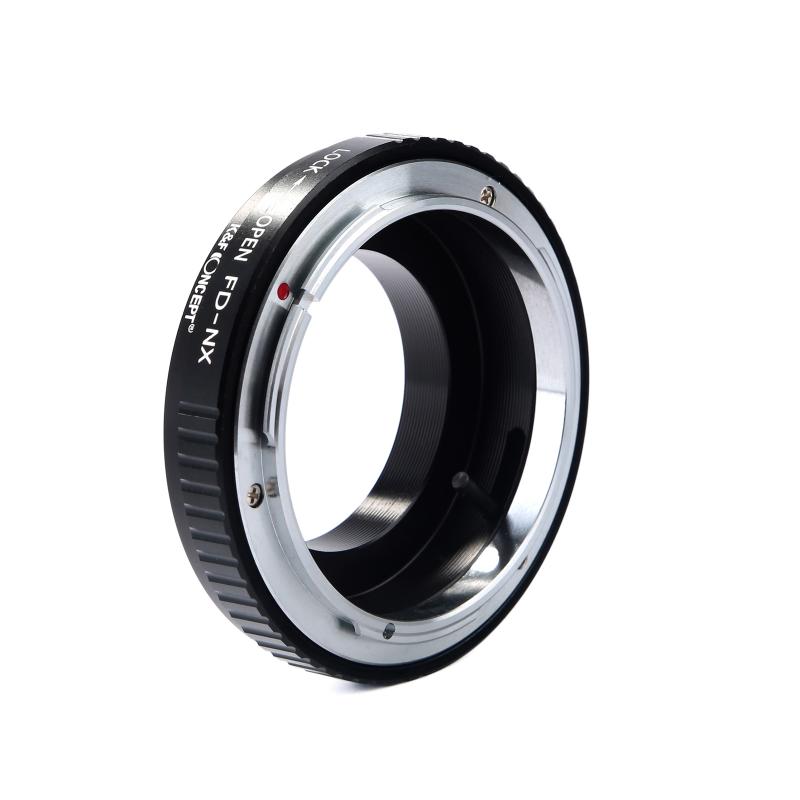
4、 Use network scanning tools to identify camera's RTSP stream.
To identify a WiFi camera's RTSP (Real Time Streaming Protocol) stream, you can use network scanning tools. These tools help you discover devices on your network and gather information about them, including the RTSP stream of a camera.
One popular network scanning tool is Nmap (Network Mapper). Nmap is a powerful and versatile tool that can scan networks, identify devices, and provide detailed information about them. By running an Nmap scan on your network, you can identify the IP addresses of connected devices, including WiFi cameras. Once you have the IP address of a camera, you can then use a tool like Wireshark to capture and analyze network traffic to identify the RTSP stream.
Another tool you can use is ONVIF Device Manager. ONVIF (Open Network Video Interface Forum) is a global standard for the interface of IP-based physical security products. ONVIF Device Manager is an open-source software that allows you to discover and manage ONVIF devices, including WiFi cameras. It provides a user-friendly interface to identify cameras and their RTSP streams.
It's important to note that the latest point of view on identifying WiFi camera RTSP streams may involve the use of specialized software or apps developed by camera manufacturers. These tools are often designed to work specifically with their cameras and provide an easier way to identify and access the RTSP stream. Therefore, it's recommended to check the camera manufacturer's website or documentation for any specific tools or instructions they provide.
In conclusion, using network scanning tools like Nmap or ONVIF Device Manager can help you identify a WiFi camera's RTSP stream. However, it's always a good idea to explore any specialized software or apps provided by the camera manufacturer for a more streamlined experience.
